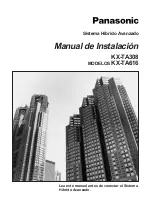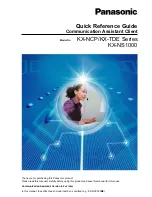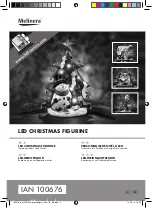
Cassita II/ Cassita II LED
Instructions for assembly
Version 10
2021-03-25
We reserve the right to make technical changes
Item number
116519-0000
Page 9/46
2.13 Crushing and cutting zones
Beware of crushing and cutting zones between e.g. the drop profile and the housing, between
the folding arms, and between profiles which come into contact with each other. Beware of
clothing and/or limbs getting caught in the system and pulled in!
If the awning is installed at a height of less than 2.5 metres above areas accessed by people, the
awning may only be operated using a push button with all moving parts in sight. Electrical
controls, wireless controls with latch switches, latch switches, etc. are not permissible here.
The push button must be fitted in the line of sight of the drop profile, but far enough removed
from the moving parts, at a height of 1.5 metres (national regulations relating to disabled people
must be observed).
2.14 Note on the generation of noises (creaking) on the system in the event of
temperature changes !
Noises which occur on the system after proper assembly and/or
maintenance are unavoidable and are mostly due to the expansion of
components due to the effect of heat.
•
Ensure stress-free assembly when screwing the individual components together
in order to minimise subsequent noise generation, particularly in the event of
temperature influences!
2.15 Handover
All operating instructions as well as the manufacturer's assembly and setting instructions for
drives, switches and controls must be handed to the user who must be instructed in the
operation of the unit. Detailed instruction on the safe and proper operation of the awning must be
given. If this is not adhered to and the awning is operated incorrectly, damage to the awning or
accidents could result.
The instructions must be kept by the customer and passed on to the new owner if ownership of
the awning passes to a third party.
After noting the on-site structural conditions and completing assembly, the installation firm is to
inform the user whether the wind resistance class given by the manufacturer was achieved when
the awning was assembled. If not, the installation firm must record the wind resistance class
actually achieved.
Automatic controls must be set to this level.
The customer must confirm to the fitter in writing that the awning is the right model and has been
installed correctly, indicating the assembly time, and that final acceptance of the awning has
taken place during which the safety issues were discussed (see Handover section).










































